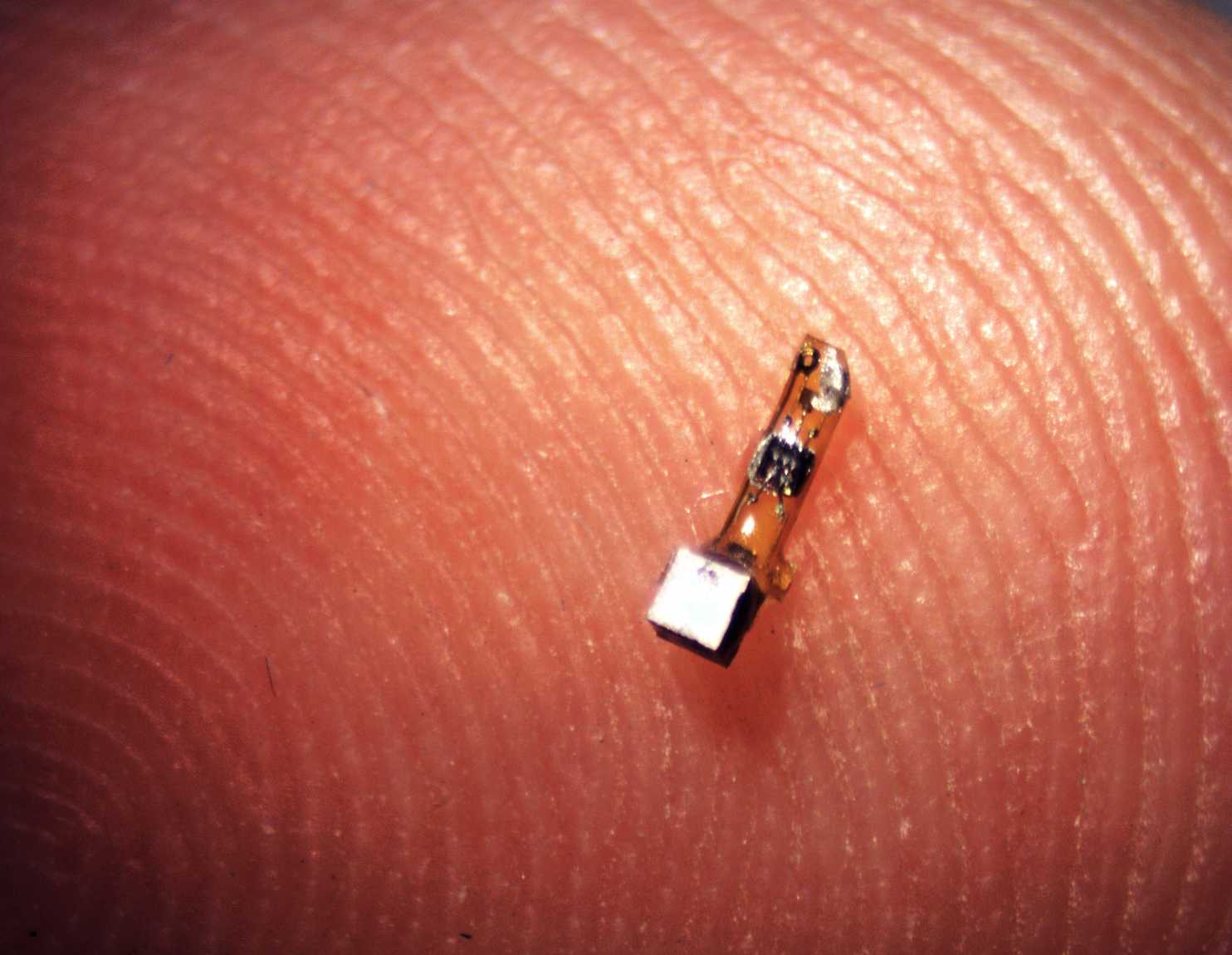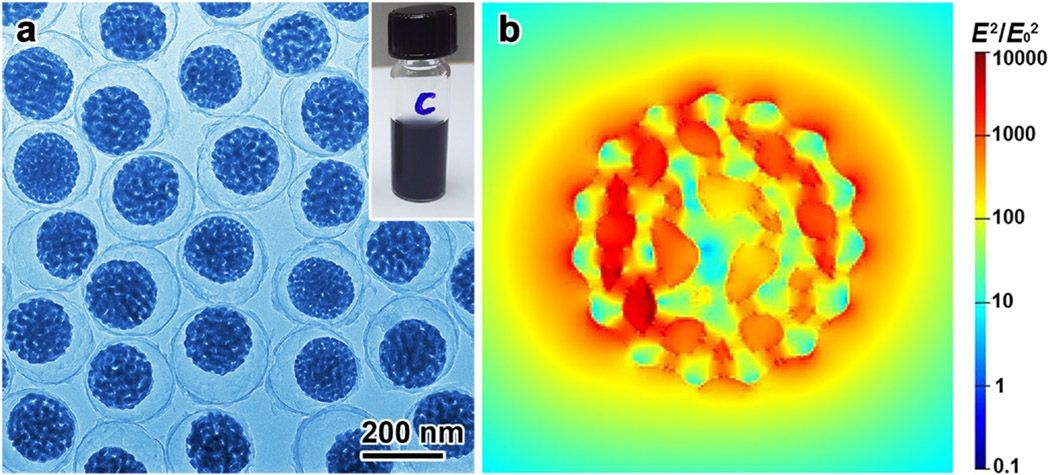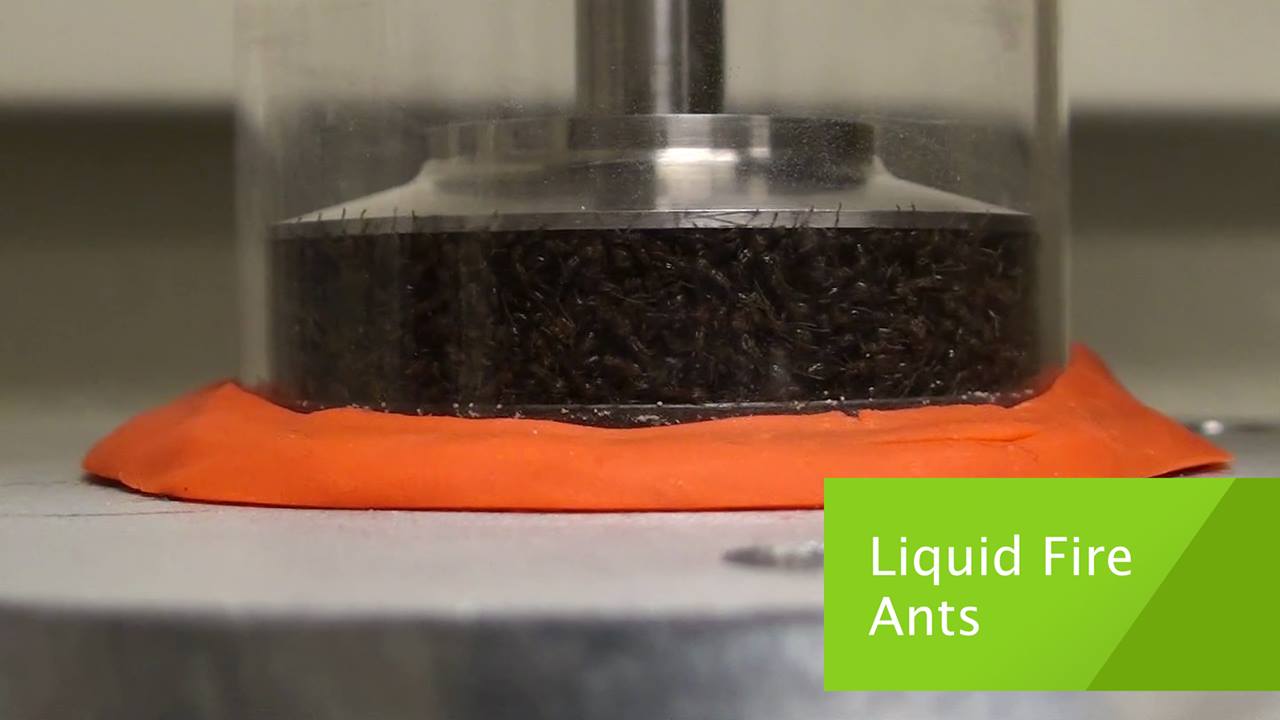Aug 4, 2016
Facts About the Secret Laser Weapons Systems Russia is Developing
Posted by Karen Hurst in category: military
Reminds me of the 1980s all over again with Reagan’s StarWars Program.
Deputy Defense Minister Yuri Borisov has revealed that the Russian military has commissioned several types of laser weaponry, but remains tight-lipped about the kinds of systems being developed. What kinds of systems does the officer have in mind? Military experts speaking to one of Russia’s leading independent newspapers attempted to find out.

Continue reading “Facts About the Secret Laser Weapons Systems Russia is Developing” »



















